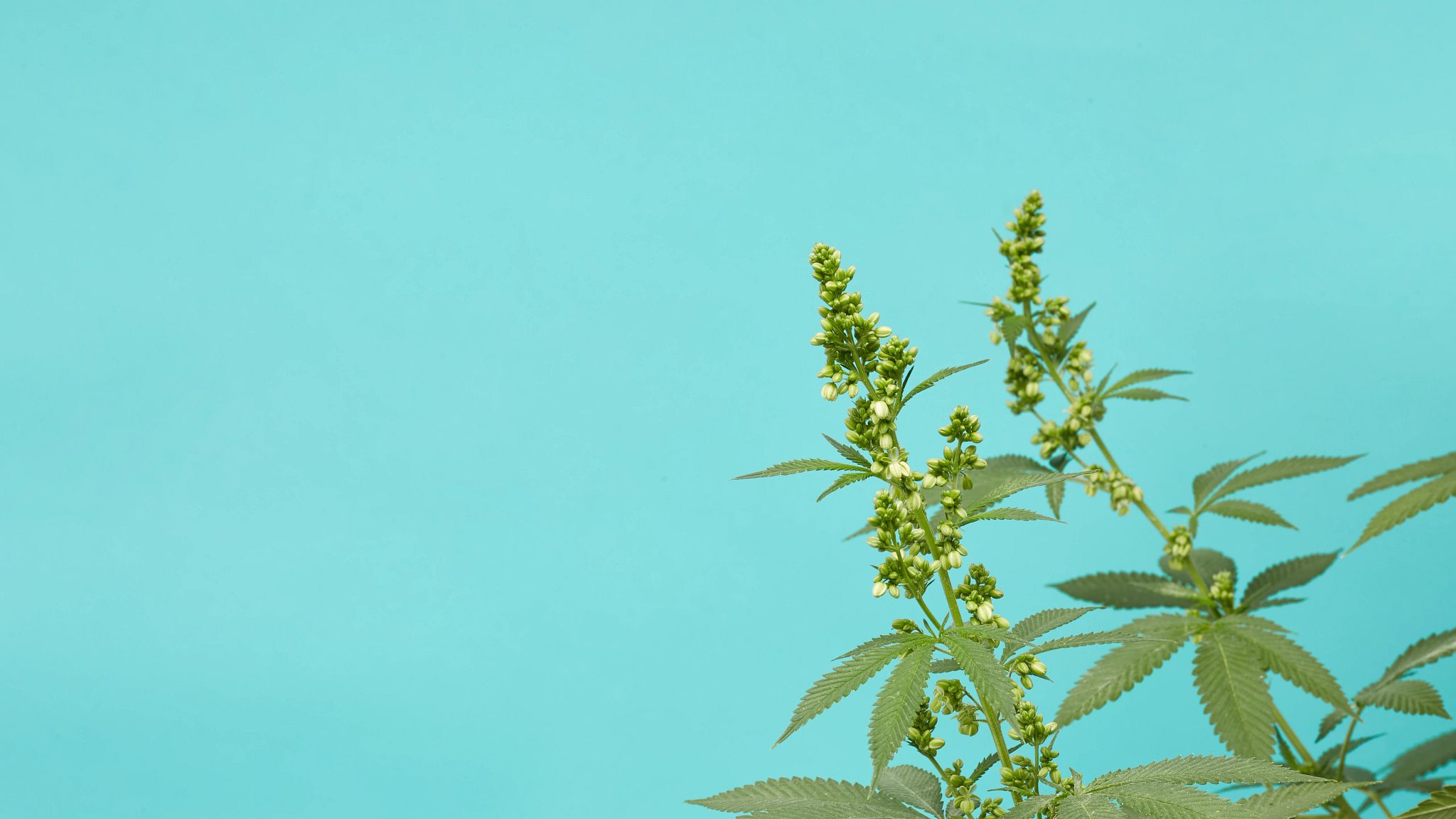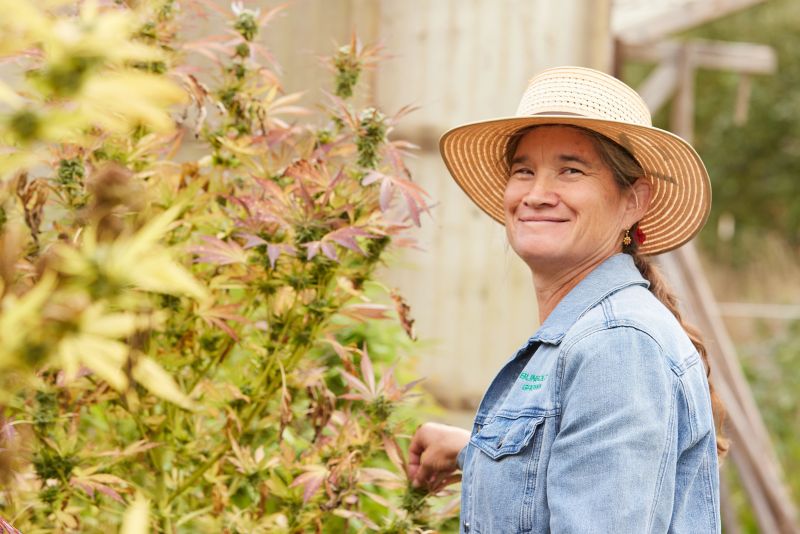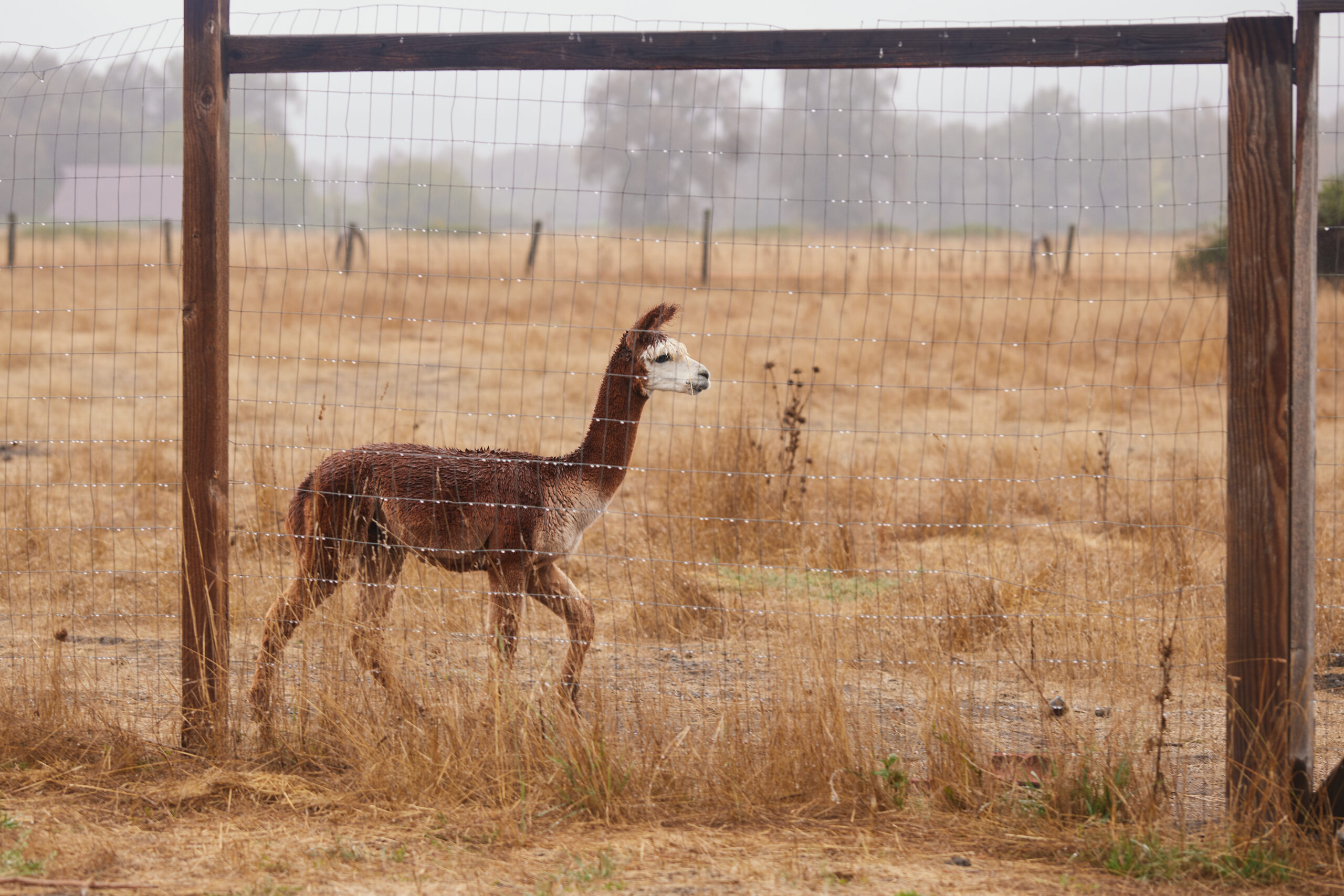There are many ways to cultivate cannabis depending on the end goal. If you’re chasing large yields, then one method that may benefit your plants is low-stress training. If you don’t grow weed, you may be unfamiliar with this method; but luckily, there are experts that can give you advice on how to use it.
We connected with Brandon Alonzo, Director of Cultivation at The Flower Shop in Arizona, who uses low-stress training at various stages of cultivation.
Below, find out how you can apply this method to your own cannabis plants.
Find clones and seeds on the Weedmaps app
What is low-stress training for weed?
Low-stress training, called LST for short, is a cannabis cultivation method in which you train cannabis plants to grow horizontally instead of vertically.
By gently bending the plant stalks laterally, LST allows plants to receive equal light penetration and airflow to the lower parts of the branches, ultimately increasing the size of the lower buds and resulting in higher yields. This method can be employed indoors, outdoors, and in greenhouses.
Typically, plants receive the most direct light to the tops of the bush, which is why the top buds are so thick and hearty compared to the bottom buds — called “smalls” or “B buds.” Essentially, the more light that reaches the plants means more photosynthesis can occur, which results in bigger buds along each plant. In the end, it gives you more weed per harvest.
LST vs. topping: what’s the difference?
Low-stress training can be compared to high-stress training methods like topping, which removes the growing tips of plants. By removing the growing tips, plants take a bushier structure with extra side branching; however, this method may increase your harvest time since the plant has to recover from the stress.
According to Alonzo, topping a plant is better than LST, but LST still has its benefits. “Overall, in a commercial setting, ‘topping’ a plant to encourage side growth is far more superior than LST, solely based on how long it takes to get a plant trained properly,” he explained. “That said, LST has its benefits when it’s time to flower, whether you are growing in a space that’s 100,000 square feet or 100 square feet.”
So if topping is better, why and how does The Flower Shop use LST? “At The Flower Shop, we utilize the LST method with our mother plants to maximize the number of clones they can produce, while also doing some topping here and there. We also use the LST technique out in the flower room, unless it is a naturally short cultivar.”
Low-stress training clips are plastic clips that help bend the cannabis plant so that it may grow horizontally. They hold the plants in place gently so that plants can receive equal light on all parts.
For LST tools in general, the needs are pretty simple, as the gear you need doesn’t have to be top-of-the-line and expensive. Alonzo said, “You can take a simple, cheap route by just using plant tape and clips, maybe even some plant yo-yos here and there. It isn’t necessarily the quality of the equipment that’s needed, it’s the time and effort put forth to get the results you want.”
In the end, you truly just want clips, ties, and wires that are sturdy, durable, reusable, and cost-effective.
Best clips for training weed
With low-stress cannabis clips, you want to look for something cost-effective and durable that can be purchased in bulk. You want clips that will be gentle on your plants as the goal is low stress.
AirTech Home Automation LSTclips
The AirTech Home Automation LSTclips can be bought on Amazon and arrive at your front door within two days. These plant training clips are advertised as great for grow tents, greenhouses, and outdoor gardens.
AirTech LSTclips help increase airflow and light penetration while also being great for tight spaces. The design allows for minimal contact with the plant, which encourages low stress and prevents breaks. These clips also have holes for using training ties and wires.
You can purchase them in a 30-piece quantity for only $15. They come in green, blue, and white.
BudClips
BudClips come in a 20-pack of yellow clips for $16. The website states that they last for 10+ years, so they’re reusable. You don’t need to use ties with the BudClips, which is why they don’t have holes like the AirTech LSTclips.
According to the BudClips website, “BudClips work by permanently bending your branches into position, opening up your canopy to more light exposure and airflow, and creating extra strong stalks.”
Best ties for training weed
Another way to low-stress train your cannabis is to use training ties. You basically bend the plant, then tie the branches down so they remain horizontal. It levels the canopy. Alonzo shared, “You want ties that are durable, cleanable, and cost-effective.” Pretty simple, right?
Telent Outdoors Soft Plant Ties
With Telent Outdoors’s plant ties, you receive 88 feet of training wire and 20 plant clips for less than $10. These wire ties are made of rubber, which will be easier on your plants than hard plastics or metal wires that can damage plant tissues.
The UM24 Plant Twist Ties
The Um24 Plant Twist Ties are already cut, versus the other wires you have to either break or cut off. They’re rubber cords that bend easily and are soft against plants.
These ties are also easy to cut with scissors or shears. The UM42 plant ties twist like bread bag ties, so they can be easily tightened, and/or untwisted to be reused. They come in a set of 40 pieces for under $10.
Best wire for training weed
Just like clips and ties, garden wires can be used to hold bent plants in place for low-stress cannabis training. “When it comes to wires,” said Alonzo, “they should have a rubber coating so you don’t cut into the branch. It is imperative that you perform LST in increments to minimize breakage.”
BudHuggers Low-Stress Training Wire
BudHuggers wires are super cheap and have a rubber coating that won’t cut your plants. According to the website, the rubber is super thin and can be hand washed and reused for up to five years. You can buy the BudHuggers training wire in 16-foot or 50-foot reels.
Care Home Soft Plant Wire
Care Home Soft Plant Wire is an affordable option for anyone wanting to use LST when growing cannabis. They’re rubber coated, which you understand is a priority at this point, and can be purchased on Amazon in a 164-foot length for a measly $21. This might be the best deal out of all the options listed above.


 Cannabis News2 years ago
Cannabis News2 years ago
 One-Hit Wonders2 years ago
One-Hit Wonders2 years ago
 Cannabis 1012 years ago
Cannabis 1012 years ago
 drug testing1 year ago
drug testing1 year ago
 Education2 years ago
Education2 years ago
 Cannabis2 years ago
Cannabis2 years ago
 Marijuana Business Daily2 years ago
Marijuana Business Daily2 years ago
 California2 years ago
California2 years ago




 Gina Coleman/Weedmaps
Gina Coleman/Weedmaps Gina Coleman/Weedmaps
Gina Coleman/Weedmaps Gina Coleman/Weedmaps
Gina Coleman/Weedmaps Gina Coleman/Weedmaps
Gina Coleman/Weedmaps
 Gina Coleman/Weedmaps
Gina Coleman/Weedmaps Gina Coleman/Weedmaps
Gina Coleman/Weedmaps Gina Coleman/Weedmaps
Gina Coleman/Weedmaps Gina Coleman/Weedmaps
Gina Coleman/Weedmaps Gina Coleman/Weedmaps
Gina Coleman/Weedmaps











